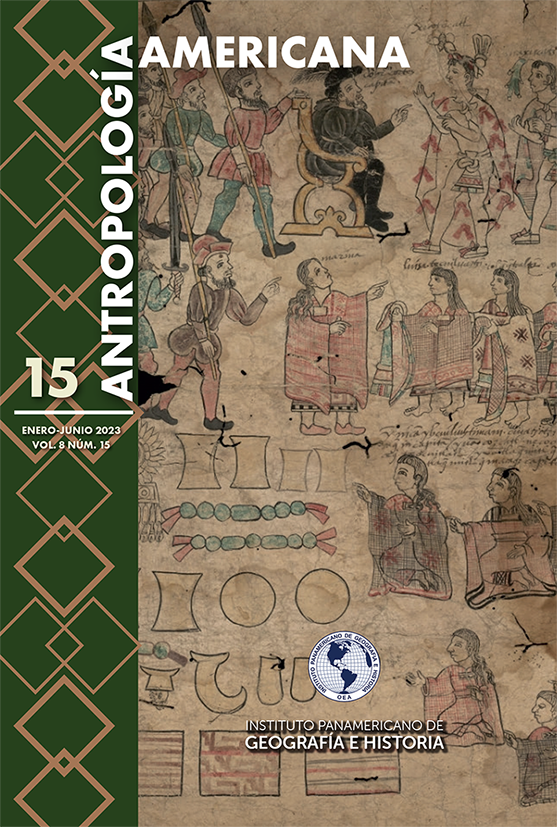La occisión ritual mesoamericana y la prisión de Cortés
Main Article Content
Abstract
In various sources pertaining to the Conquest, it is related that Cortés was taken prisoner: in Chalco, when he was threatening the basin of Mexico to besieged the Mexica in Tenochtitlan, and later in Tlatelolco, during the siege that led to the destruction of both cities. And although it is noted that he escaped with the help of his own soldiers or with the help of his Acolhua allies, it is not explained why they did not kill him. If that had happened, it would have been important in the response of the Mesoamerican peoples to the Hispanic mercantile invasion, and in some way it would have changed the course of history.
For this reason, it must be considered that this fact has to do with the Mesoamerican cosmogonic vision that explains the role of human death and the propitiatory sacrifice of the heart, carried out by warriors with their captives; We have reference to this in the ethnohistorical testimonies that we will contrast with testimonies of physical anthropology, obtained in bone remains, related to those events, which show the ritual death and the post-sacrificial treatment of the captive's body. This documentation is reviewed, which accounts for the purpose of the Mexica warriors, who pursued the capture of Cortés to lead him to the sacrificial stone in Huitzilopochtli o Tezcatlipoca temple.
Downloads
Article Details
-
Abstract284
-
PDF (Español)203

